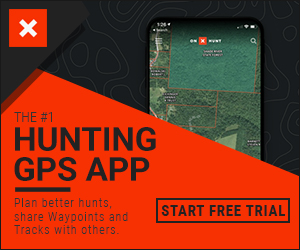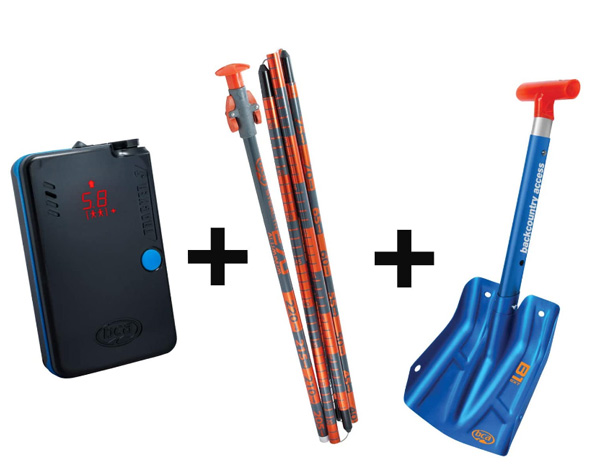Snowmobiling
Best Avalanche Beacon
It doesn’t matter how you recreate anymore in the backcountry. If you choose to play in the steep and deep, you owe it to yourself and your loved ones to wear an avalanche beacon.
Statistics show that 93% of avalanche victims can be recovered alive if they are dug out within the first 15 minutes.
Having an active beacon on and a riding group present who know how to use their beacons drastically increases those chances of being found within the first 15 minutes.
So the question is where do you start? What is the best avalanche beacon? In this post, we’ll go over EVERYTHING you’ll need to know in order to get the best avalanche transceiver for your backcountry winter recreation.
(we’ll interchangeably use beacon and transceiver throughout the article)
Best Avalanche Beacon Awards
HOW TO USE AN AVALANCHE BEACON
An avalanche beacon or transceiver should be easy to use. Essentially, it does two things:
- Transmits a signal
- Receives a signal
We’re going to go over how to properly transmit and receive signals with your avalanche beacon.
First off, your avalanche beacon should be TURNED ON and have sufficiant battery strength. It’s recommended to have at least 40% battery before using in the backcountry. Replace with alkaline batteries (good deal on Amazon for a 48 pack) if under 40%. Avalanche beacons are designed to be worn under your outermost layer of clothing.
Electronic Interference = BAD
Any electronic device could interfere with your avalanche transceiver. It is recommended that your beacon be at least 12 inches away from any other electronic device like your cell phone.
Test Before You Ride
Now that you have your avalanche beacon turned on and all juiced up, you’ll want to make sure it’s in transmitting mode. Before you leave the trail head, parking lot, cabin, or house, make sure you run a transmitting test with your riding group to make sure that all avalanche beacons are properly transmitting a signal. If your signal isn’t transmitting, you’ll be hard to find when you’re buried under the snow.
Switch To Searching Mode
When it’s time to search for a buried victim, it’s crucial that everyone in your group switches their beacons to “searching” mode. This means that the only person/people that should still be in transmitting mode is the one/s buried.
Watch This Video For A Quick Avalanche Beacon Training 101
What to look for in an avalanche beacon
Speed
The speed at which you’re able to find your buried victim is the most important factor to consider when purchasing an avalanche beacon. Now, of course this doesn’t take into account user input or lack thereof… you could have the best beacon in the history of beaconville but if you don’t know how to use it, you won’t be very fast at all.
So what we’re looking for here with the actual unit is the processor speed.
Type
There are a couple different types of avalanche beacons. A digital beacon and an analog beacon. Most beacons nowadays are digital. Here are the main differences between the two:
Analog Beacon
You’ll know (or remember) these analog beacons by their beeping sounds. As you get closer to the buried transceiver, the device beeps louder. A few of these older analog beacons have been known to pick up signals at a greater distance.
Digital Beacon
These beacons come equipped with a microprocessor which converts the electronic signal into an audio and visual signal on the screen. It also comes with several antennas. One of the biggest feature bumps in the digital beacon is that it will display the distance and direction towards the buried transceiver.
Range
Typically you’ll find beacons to have a range of at least 100ft to 150ft. With the highest topping out at just under 200ft. Considering your maximum range when purchasing the best avalanche beacon, is definitely important but shouldn’t be the sole factor when deciding.
Ease of Use
This is probably the most important feature to be aware of. Statistically speaking, 85% of the time rescuers are searching for a single victim and in the case of the other 15% where there are multiple buried victims, rescuers typically won’t have the resources to divide and conquer. Therefore, speed is of the essence and taking into account things like simplicity, interface functionality, processing speed, and ease of controls makes all the difference.
Size
Most avalanche beacons are relatively the same size these days. It is convenient to keep it in a pocket but if you go too small it might make it more difficult to locate it when you need it in an emergency.
Durability
The best avalanche beacons are ones that can take on a lot of cold and bumps. Nowadays, it’s pretty standard across the board with all beacons being able to withstand a lot. As the user, be smart. Don’t leave it outside over night. Don’t toss it around your trailer. Treat it like the extremely important life-saving mechanism it is.
Batteries
Always best here to use batteries recommended by the manufacturer but when in doubt be sure to use alkaline batteries. Never use rechargeable or lithium-ion batteries.
Always remember to carry spare batteries.
Antennas
This one is simple. The more antennas a beacon has, the better. Three antennas is the norm nowadays. Having more antennas allows for a quicker and more accurate reading of where that buried transceiver is.
BEST AVALANCHE BEACON FOR SNOWMOBILING COMPARISON GUIDE
Avalanche Beacon Set
So, what typically comes in a snowmobile avalanche beacon set?
Here’s what you’ll get:
- the avalanche beacon (the transceiver as mentioned in this post)
- a probe (a rod used to poke through the snow to locate a buried victim, also used to check snow depth)
- a shovel (once a buried victim is found, you’ll need a shovel to dig through the snow in the quickest time possible)
- an avalanche airbag (a backpack you wear with an airbag pull chord that blows up and expands to keep you above the snow in the event of an avalanche)
The kit above can be found on Amazon here.
If you have questions about which avalanche airbag to get, check out our in-depth guide here.
Avalanche Beacon Brands
BCA
BCA (Backcountry Access) is headquartered in Boulder, Colorado. They got their start in a garage over 25 years ago! They’re touted as one of (if not the #1) most trusted name in backcountry safety world wide.
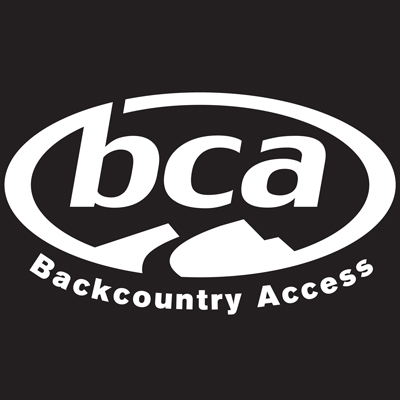
They pride themselves on not just selling you product but informing you on how be safe and make smart decisions while playing in the backcountry.
Their mission:
Our mission is to save lives, not just sell products. This is how we measure success. Get educated, choose your terrain according to the conditions, and communicate clearly. Our hope is that you’ll never use any of our rescue gear–except for practice. We want you to be a BCA customer for life.
Backcountry Access website
Mammut
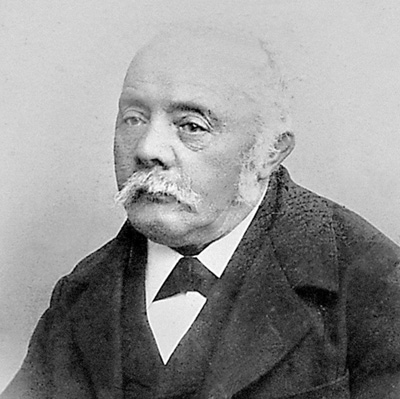
Mammut is a Swiss multinational mountaineering and trekking company headquartered in Seon, Switzerland. They were founded in 1862 by Kaspar Tanner in Dintikon. Kasper started as a rope maker there in Dintikon, and that’s exactly how Mammut started… as a climbing rope company.
Of course, they have branched out since then into various outdoor categories but are definitely known world wide for their climbing ropes.
Ortovox
Gerald Kampel and Jürgen Wegner develop the first double frequency transceiver, ORTOVOX F2 for searching for avalanche victims. They founded the company south of Munich.
Until then, transceivers would pass signals on different frequencies often making it difficult to sync up with a buried victim.
Outside of making avalanche transceivers, they are considered experts in wool making and it shows in their gear.
Arva
For over 30 years, ARVA has focused on designing and developing avalanche transceivers. We continue to innovate to make searches simple and easy, enhancing transceiver performance to locate buried victims as quickly as possible whatever the situation or conditions.
We’ve been designing avalanche safety devices and equipment for more than 30 years. Seeking high performance and reliability, we’re focusing on innovation to bring the best devices matching your needs in the mountains. Working and collaborating with mountain rescuers, we jointly develop the new features that can save lives.
Pieps
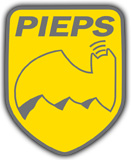
In 1968, in collaboration with the Technical University of Vienna, PIEPS developed its first avalanche beacon, which was successfully introduced to the market in 1971. In 2003, PIEPS was the first company worldwide to launch the first 3-antenna beacon with digital signal processing and an integrated MARK and SCAN function.
So there you have it.
You now have no excuse to be caught in the winter backcountry without a quality avalanche beacon. Our goal with this best avalanche beacon comparison guide was to give you multiple options that fit your budget and needs.
And remember. The avalanche beacon is only as good as the rider who knows how to use it, wears it every time, and remembers to turn it on.
Be safe out there!

